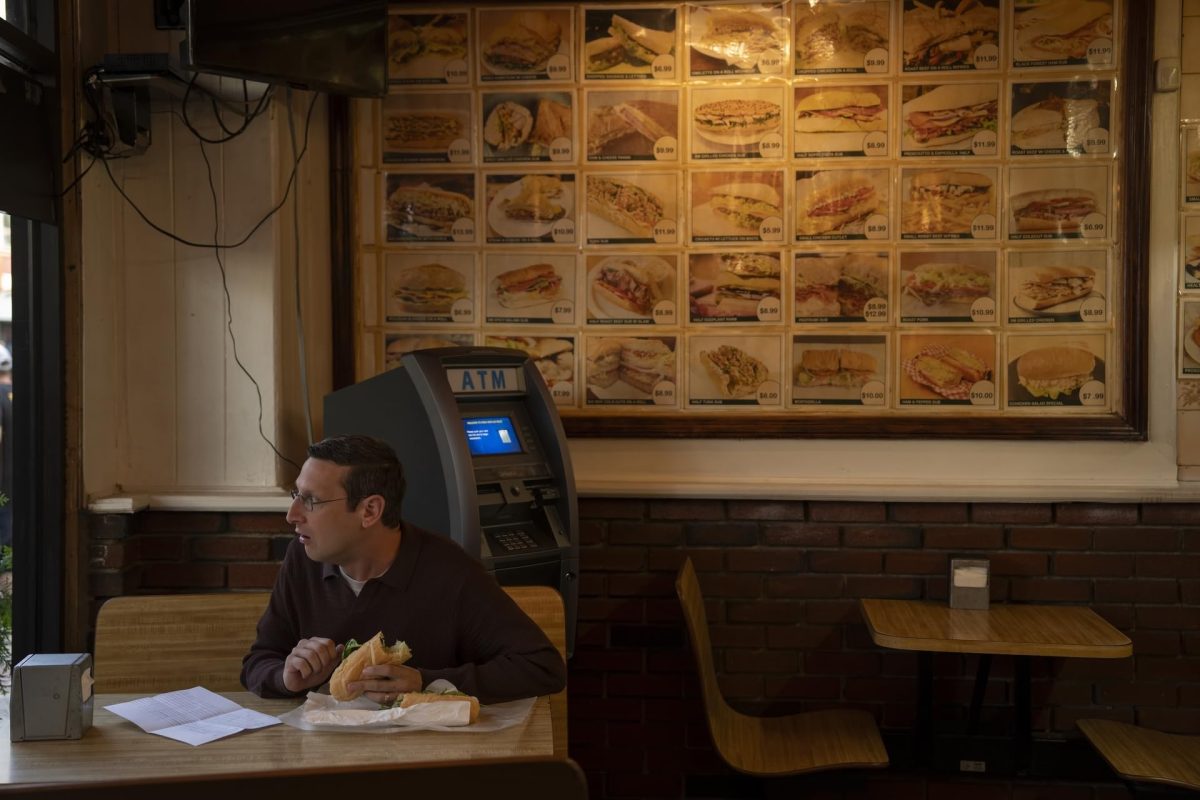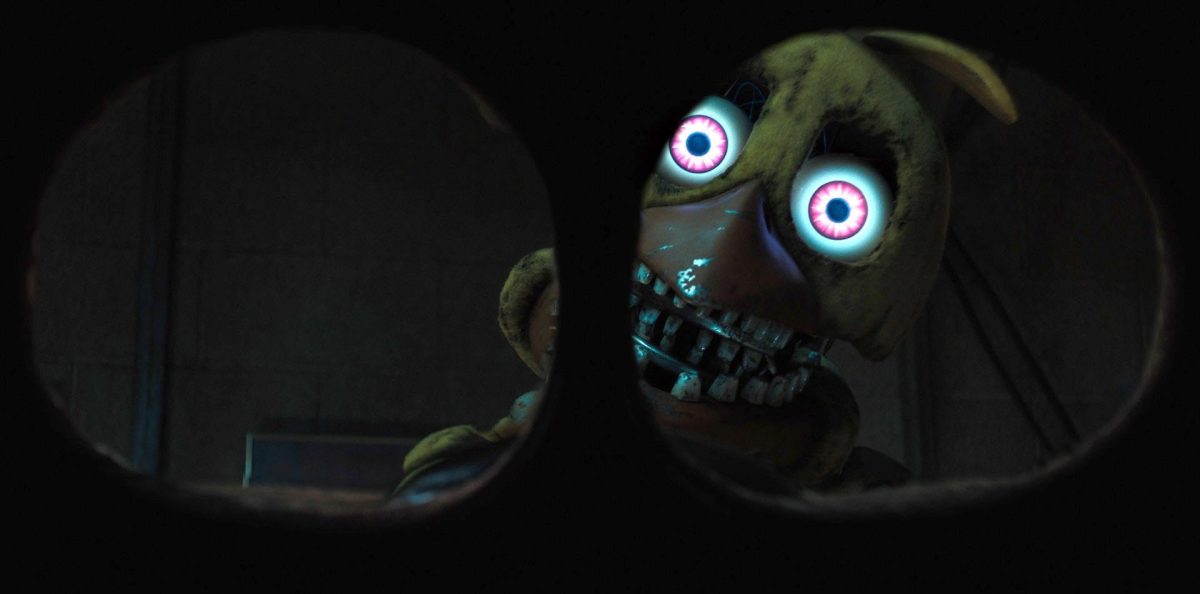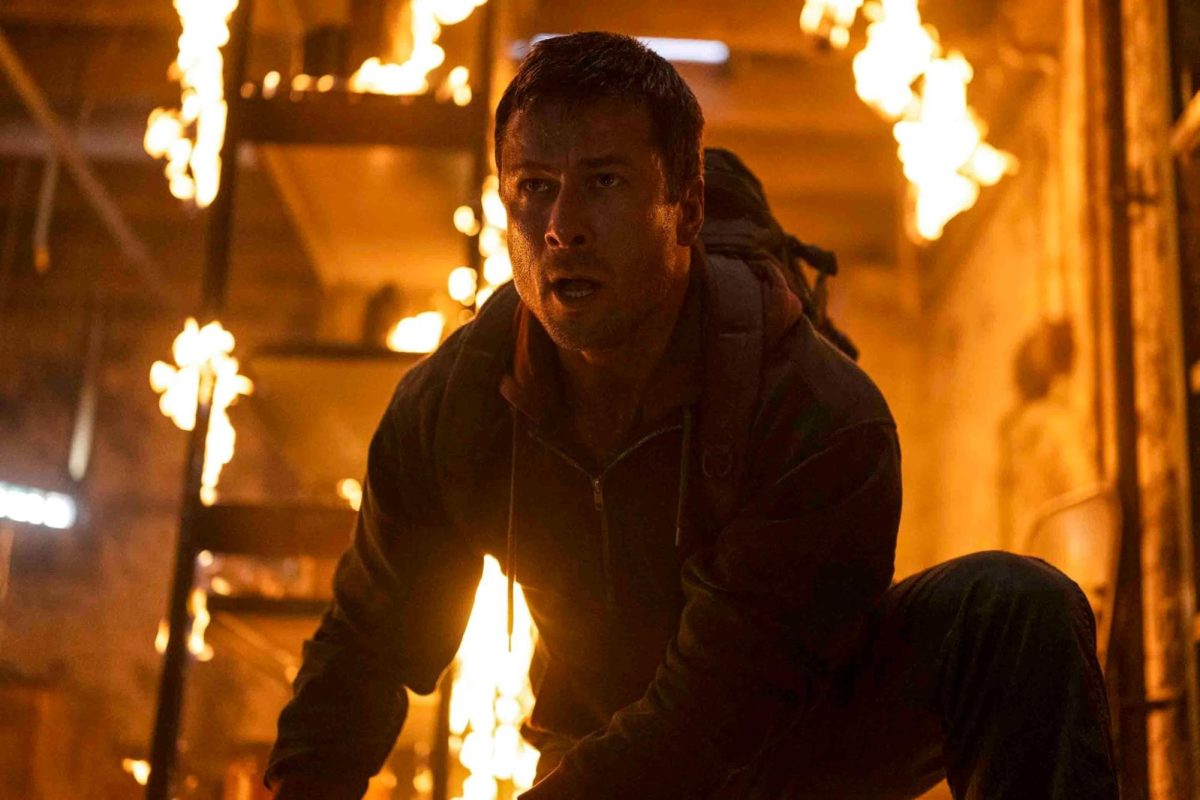Rating: 2/10
Let’s not sugarcoat anything. “Joker: Folie à Deux” is not a good film.
It doesn’t matter how well-shot the film is, nor the stellar performances from Joaquin Phoenix and Lady Gaga: There is no excuse for the cataclysmic faults of this movie.
The film picks up two years after the events of the first Joker movie, which saw Arthur Fleck (Phoenix) fully adopt the moniker of Joker after being ignored by the society he lives in, leading him to commit several murders. As a result, he gets institutionalized in Arkham State Hospital, awaiting his trial.
Get The Daily Illini in your inbox!
In the hospital, he meets Lee Quinzel (Gaga), a fellow patient who not only admires Arthur but develops a relationship with him. As Arthur’s trial begins, many key aspects of his and Lee’s lives start to unravel, leading to a chaotic display of events as the proceedings continue.
The first film attempted to have a message about mental health and how often it gets ignored, but this sequel doesn’t do that at all. There is no real message or point for this movie to have existed, especially when you consider the ambiguous ending of the first film.
This film’s apparent purposelessness is underscored by a report by The Hollywood Reporter, claiming that the idea for the film came to Phoenix “in a dream,” which is obvious in the final product.
“Folie à Deux” not only seems to forget what made its predecessor work in the first place, but it desperately wants to hold on to what happened in the previous film to tell its own story. Much of the film boils down to everyone recapping the events of the first film and how that defines Arthur in his role as the Joker.
This decision to rehash the past makes the film a bore; it just acts as a reminder of the better first movie.
Making the film an unofficial “jukebox musical” also doesn’t do the story any favors since almost all song numbers are a shallow interpretation of better songs.
Similar to the reuse of the first film’s moments from a plot standpoint, having the movie cover songs that already exist leaves no reason to come back to these renditions of the songs, seeing as the original versions are more likely to stand the test of time.
To give credit where credit is due, the film is extremely well-made and full of well-composed, visually stunning shots.
These shots stand out alongside the great set design displayed in several of the film’s locations, including the hospital and the reoccurring “stages” of the movie’s musical numbers.
It’s a shame that the movie only takes place in two locations, as opposed to the first movie that saw Arthur devolve into madness all over Gotham City, allowing for a larger variety of shots and creativity. “Folie à Deux” occurs almost exclusively in the hospital and the courthouse where Arthur’s trial is happening.
By spending time in only two central locations, the movie portrays a severely limiting feel to a world already shown to its viewers in the previous film.
It’s important to keep in mind that the estimated budget for this sequel was roughly $200 million. Compared to the first film’s estimated budget of $55 million, one question is likely to plague any viewer: “Where did all of that money go?”
There’s no clear indication of where the movie’s budget went, and although the set design for the musical numbers is impressive, most of these scenes end up nothing but dream sequences for Arthur. Because of this, these scenes feel completely useless and do the rest of the narrative a disservice by forcing its viewers to watch as Arthur and Lee dance around while waiting for the next real sequence to start.
“Joker: Folie à Deux” is truly one of the worst sequels in recent memory and another reminder that just because something can get a sequel, it doesn’t mean it should.









